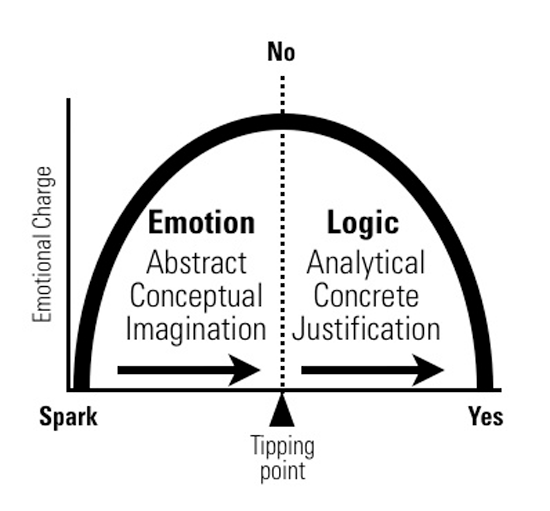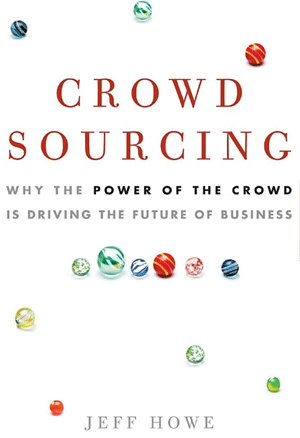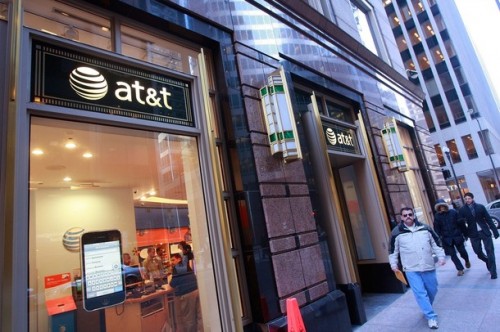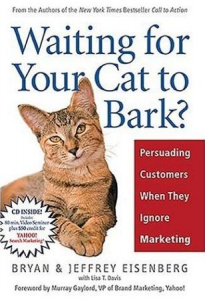Building a brand on the back of a celebrity is only slightly less risky than juggling chainsaws. One bad move and it’s a bad day. Accenture PLC saw trouble enough for their brand in Tiger Woods’ bad press to find an exit. But, Tag Heuer and Nike Golf are staying in the game–so far.
Endorser issues are not purely the domain of mega-stars like Tiger Woods. A local media celebrity endorser can be just as risky for you. Deciding to stay or go is a tough call. How these big brands handle the heat can help should problems fire up for you.
PR consultant Peter Himler takes a look at what may be ahead for the world’s top golfer–and his sponsors:
Give your brand a safe exit
Having a morals clause in personality endorsement agreements gives you a safe exit in the event your endorser’s personal life takes an unexpected turn that diminishes his value, or runs the risk of dragging your brand through the mud. As with any agreement, starting with the end in mind is the wise path.
What would be the tipping point for you? Would you still be hanging tough with Tiger Woods? Or, would you have hitched a ride with Accenture PLC?
UPDATE:
Time may heal some wounds, but it has done little to soothe sponsor concerns where Mr. Woods is concerned. AT&T is severing its ties with Tiger owing to the continued public reaction to the golfer’s alleged marital infidelities. Gillette also announced it will sharply limit Woods’ role in its branding efforts.
Nike, Upper Deck and Tag Heuer, meanwhile, have pledged to stand by Woods. The watch maker is, however, dialing back his presence in ads.
My gut: Save for the release of even more allegations, the worst has passed for Woods. His silence and continued absence from golf will only stoke interest in his ultimate return. No news is good news for Woods and his sponsors.


 Step out onto a street corner. Hold up a sign with a work assignment. Passersby offer solutions. You pick one and use it. Do that on the web and you’re crowdsourcing. Anyone can play. You pick the winner.
Step out onto a street corner. Hold up a sign with a work assignment. Passersby offer solutions. You pick one and use it. Do that on the web and you’re crowdsourcing. Anyone can play. You pick the winner.
 Strolling into an AT&T store to get a wireless card for my mac last week, I knew what I wanted. I knew where it was. I saw it from the front door. But, seeing and doing are two different realities at the AT&T store. Blind luck brought me face-to-face with a sharable lesson in final moment messaging: a tangible branding experience.
Strolling into an AT&T store to get a wireless card for my mac last week, I knew what I wanted. I knew where it was. I saw it from the front door. But, seeing and doing are two different realities at the AT&T store. Blind luck brought me face-to-face with a sharable lesson in final moment messaging: a tangible branding experience. By the time he figured it out and then escorted me to the register, carrying the box instead letting me do it, my quick stop morphed into a 30-minute ordeal of customer service obstruction; if the store was aiming to hit metrics, they had no bearing on my satisfaction. It’s carnival logic: somewhere, someone decided, you must jump this high to ride the spend-money-with-us ride at AT&T.
By the time he figured it out and then escorted me to the register, carrying the box instead letting me do it, my quick stop morphed into a 30-minute ordeal of customer service obstruction; if the store was aiming to hit metrics, they had no bearing on my satisfaction. It’s carnival logic: somewhere, someone decided, you must jump this high to ride the spend-money-with-us ride at AT&T.